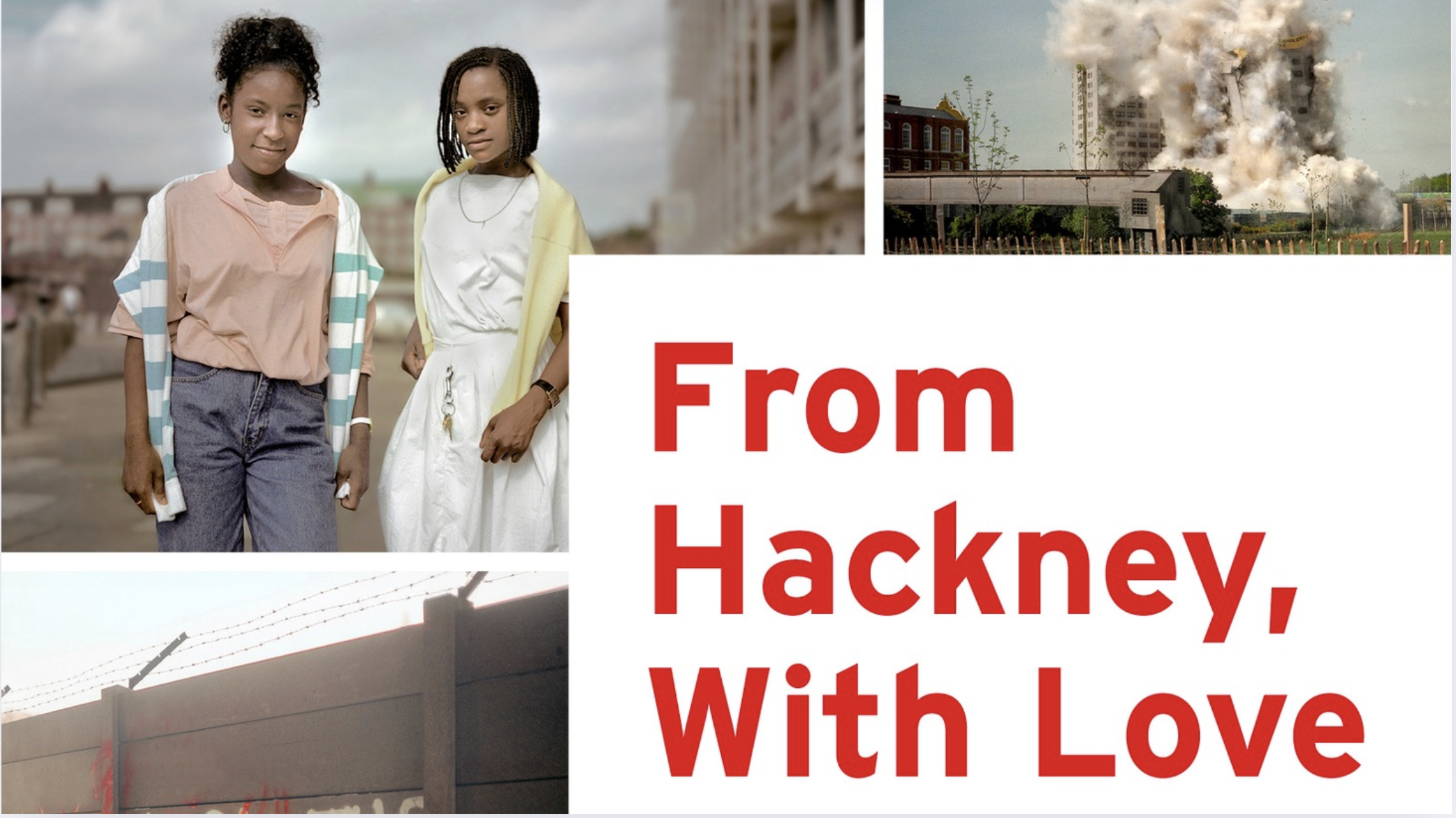Richard Yeboah
How has gentrification shaped Hackney? Richard Yeboah finds out
Historian and writer Richard Yeboah
“Hackney is a very unique place,” says historian and writer Richard Yeboah, author of ‘From Hackney, With Love: An Intimate History of Gentrification’.
“It was one of the poorest places in the country from the 1980s to the early 2000s. It had real issues with crime, it had the worst schools in the country, it had issues with gangs and a reputation for being quite left wing. But it also had that essence of multiculturalism.”
Today, Hackney is seen as a ‘desirable’ and ‘trendy’ place to live – as is reflected in the high house prices and boutique shops, cafes and markets that adorn the streets.
But how, and why, did these changes occur so quickly – and what was sacrificed in the process? Richard, who has lived in Hackney his whole life, decided to write a book about the changes he’d seen first-hand during the first Covid-19 lockdown, in 2020.
He says: “The Covid-19 pandemic had simply intensified my abstract sense of mourning for the Hackney of old.”
As soon as the Government eased the lockdown restrictions, Richard decided to revisit his old haunts and to “immerse myself once again with the neighbourhood and the communities of Hackney.”
But, instead of finding the Hackney of his youth, Richard re-emerged to discover that the borough had changed infinitely – due to, he says, gentrification.
Richard explains: “The gentrification of Hackney had happened right before my eyes. The Hackney that I once knew and loved had vanished, and if it weren’t for the pandemic, I may never have taken the opportunity to mourn the loss of my old home.
“In the space of three decades, Hackney went from being one of the poorest and most uninviting places in the country to being one of the most sought-after and desired places to live and work in the UK.
“That transformation is remarkable. I wanted to help other people, from other marginalised communities, to understand their own experiences of gentrification in the UK.”
Richard attributes this transformation to myriad reasons, including lack of suitable social housing, becoming a host borough for the 2012 Olympic Games and investment in schools – but the primary reason he cites is housing.
He claims that with the Right to Buy movement and more private homes being built, Hackney changed from a predominantly working class area to somewhere attractive for middle classes to buy.
A partial close-up of the book cover for ‘From Hackney, With Love’ by Richard Yeboah
Richard says: “The regenerations of Hackney’s council estates, and the borough more widely, would play a significant role in stimulating the gentrification of Hackney.
“Once the 2012 Olympics was announced Hackney was reshaped as a ‘trendy’ hipster haven in the East End for the middle classes.”
Richard is keen for people to understand Hackney’s past – warts and all. His book cites damning statistics including how, in the early 1990s, the Government considered Hackney the third poorest local authority in England.
And even as recently as 2006 Hackney was considered the ‘worst place to live’ in the UK, according to a Channel 4 study.
Richard says: “People don’t remember Hackney being bad. They think of Hackney being this trendy, hip, nice place to live – and as a consequence people who are working class feel disillusioned and alienated.
“The book is designed to keep hold of that history, but also ensure that people coming into the area recognise that history as well.
“It is about providing a personal and historical account of gentrification through the lens of some of the most contested subjects – race, class, housing, education and crime – to enlighten the debate around gentrification.”
‘From Hackney, With Love: An Intimate History of Gentrification’ is out now.


